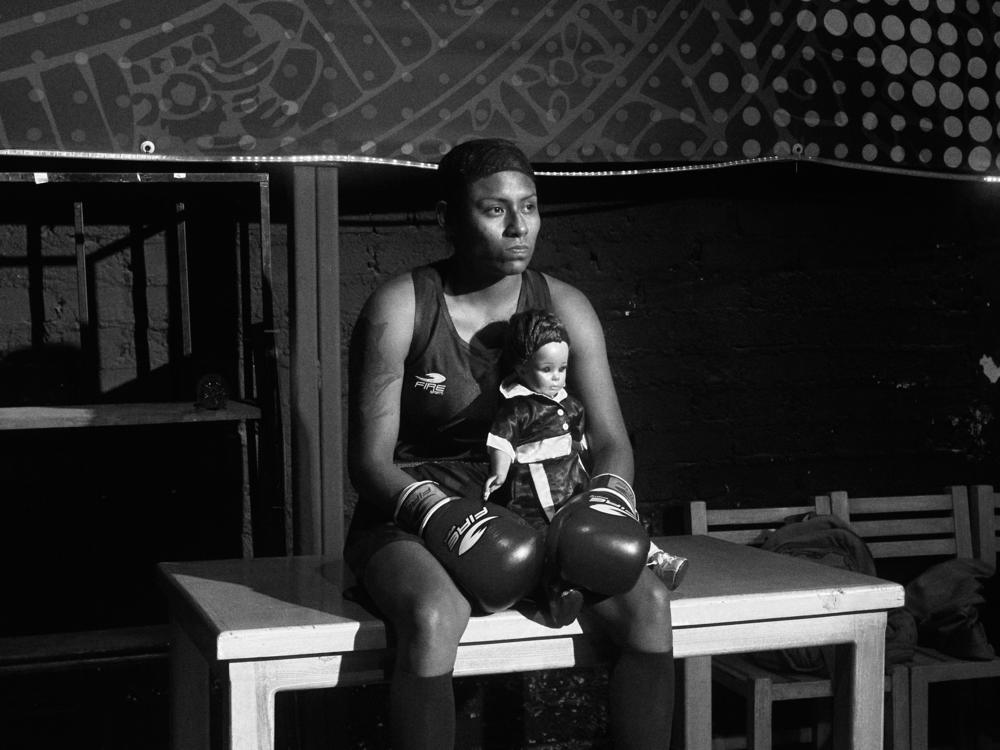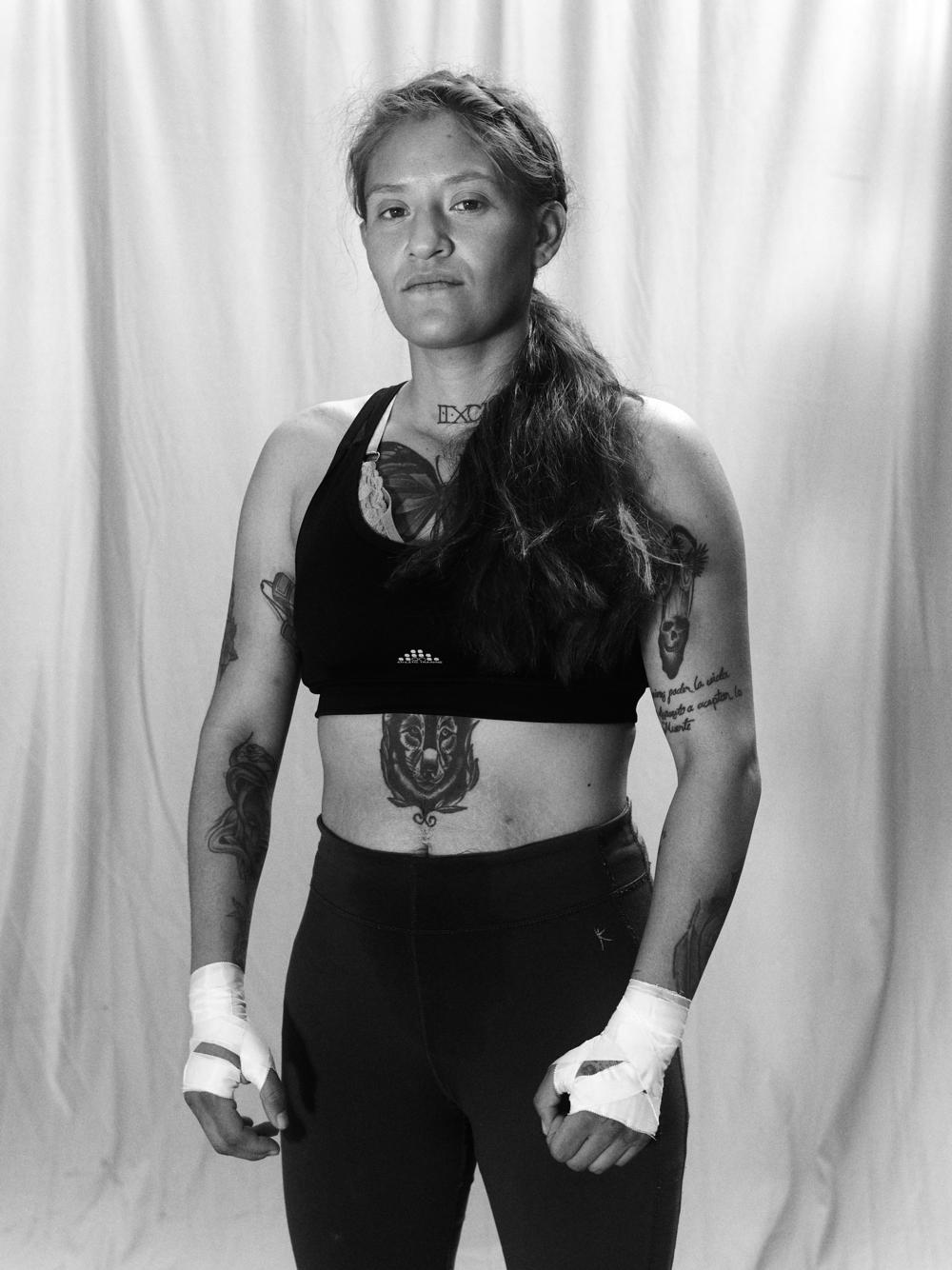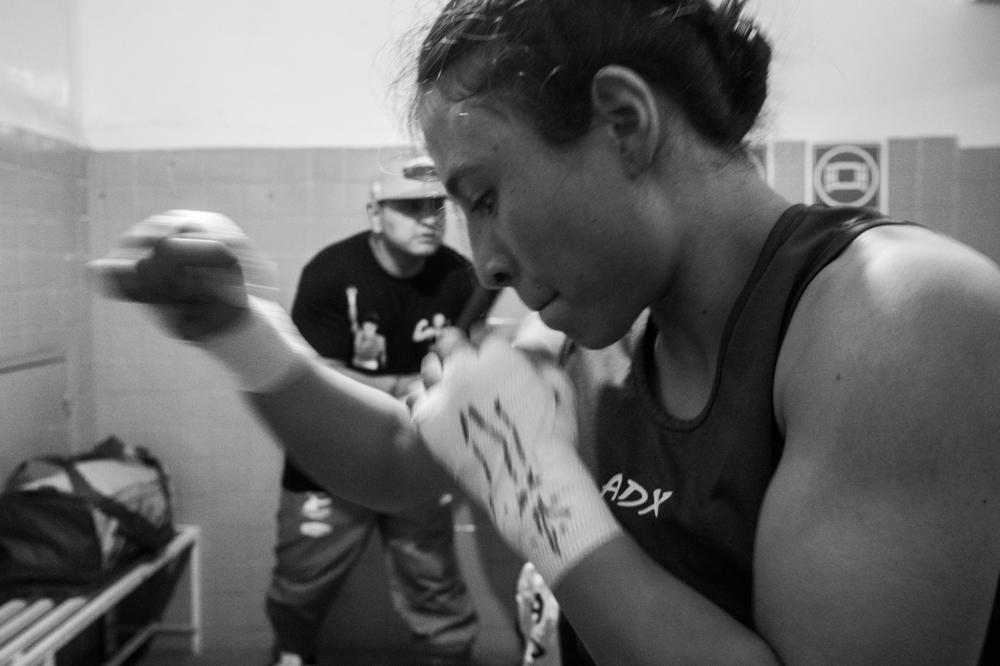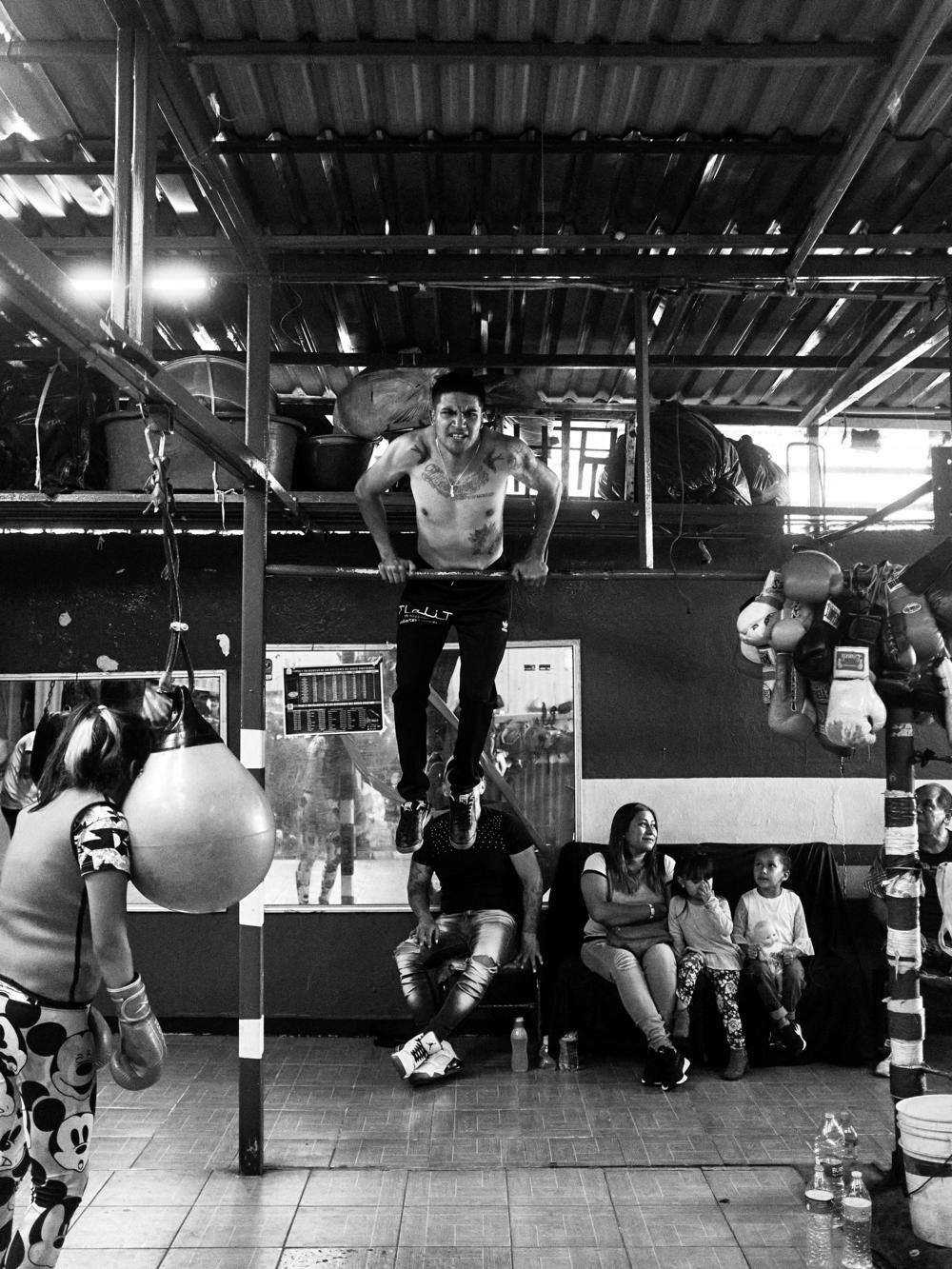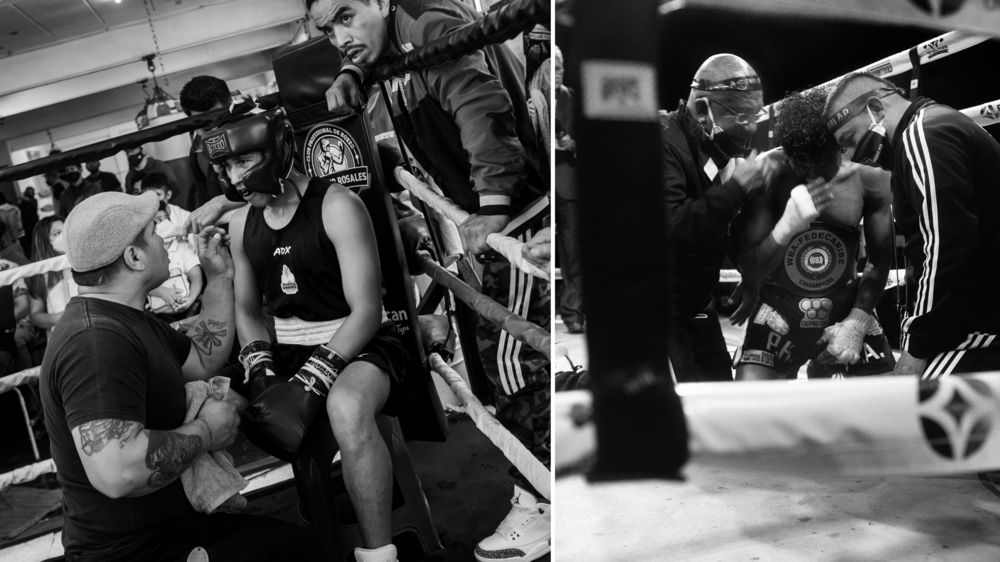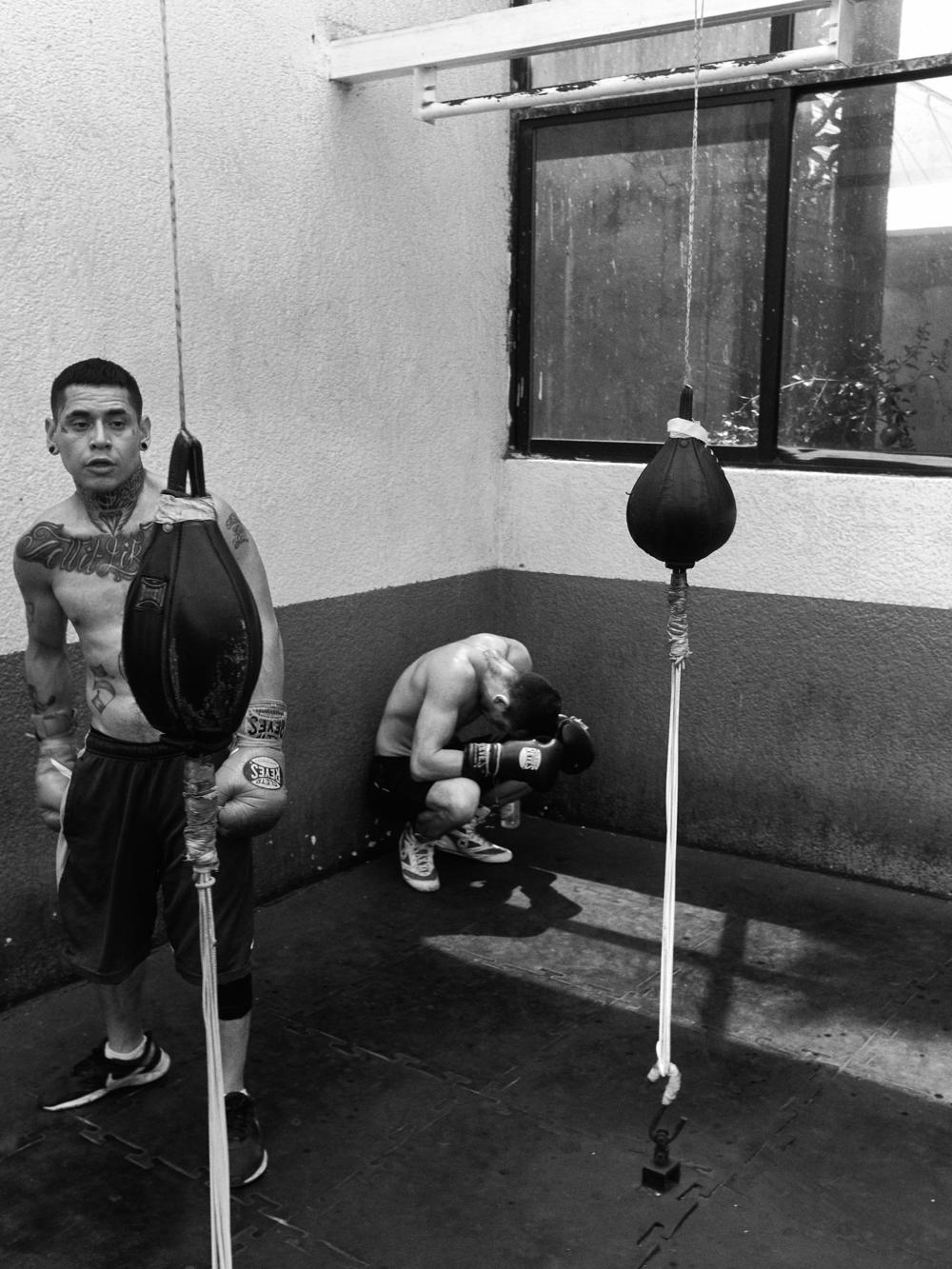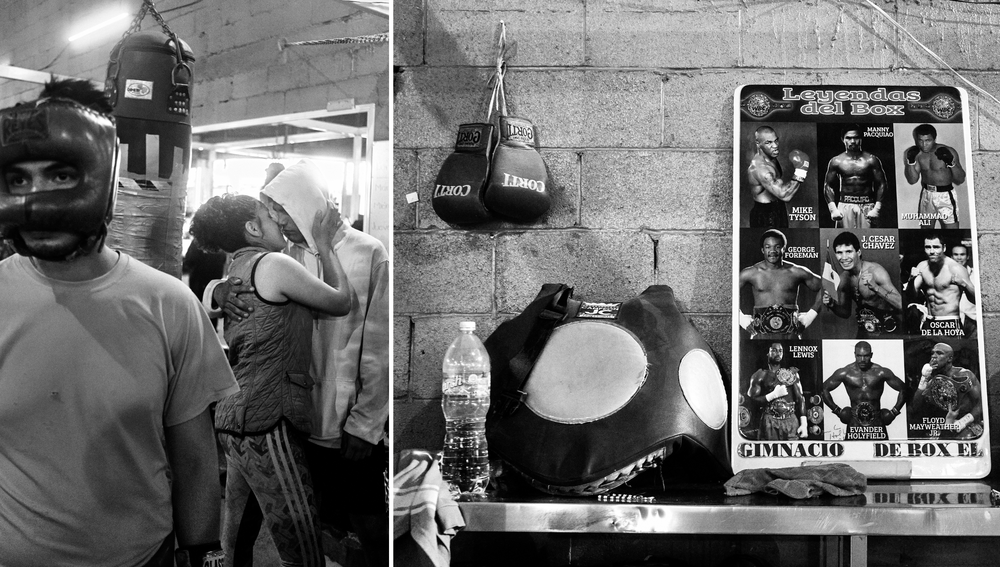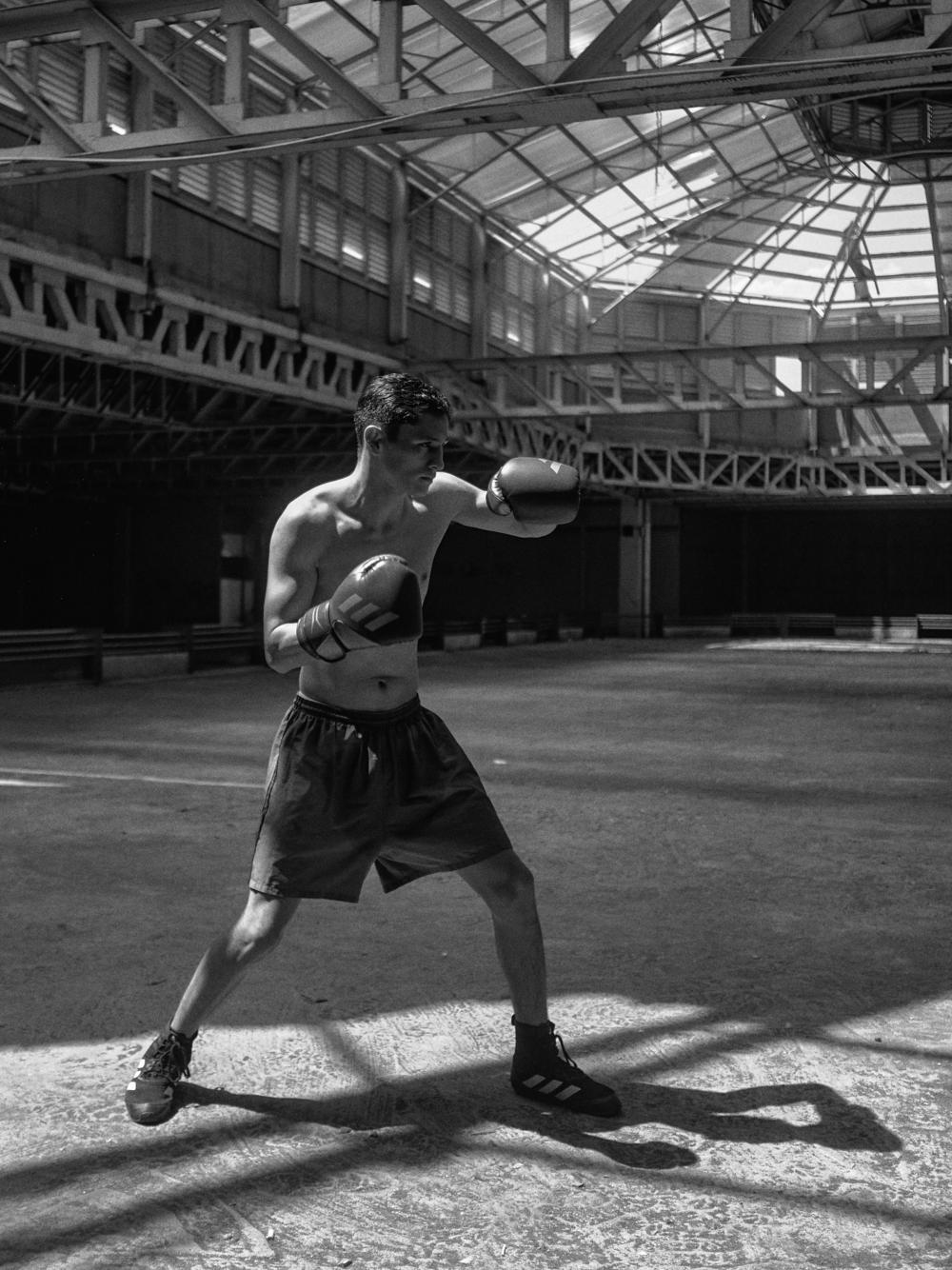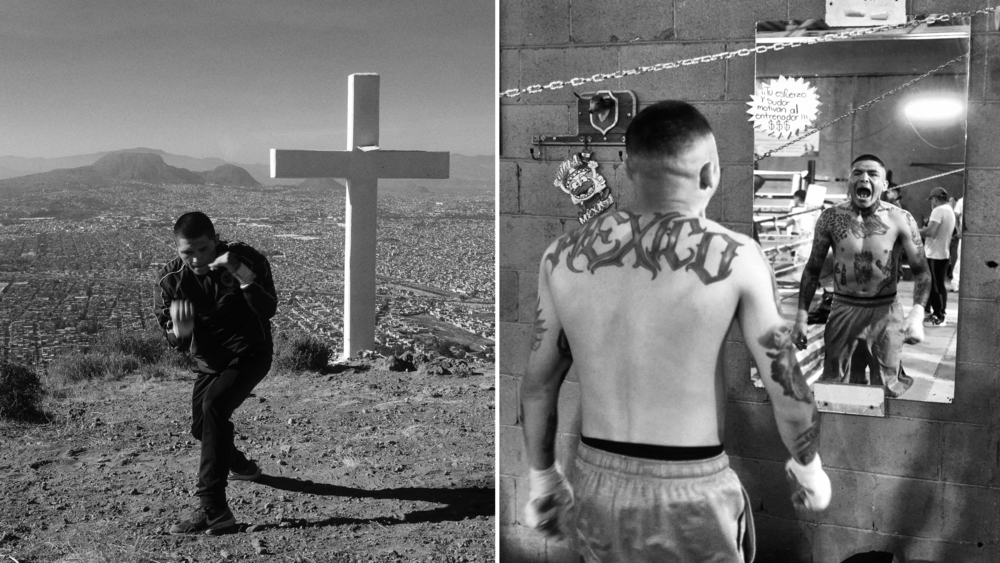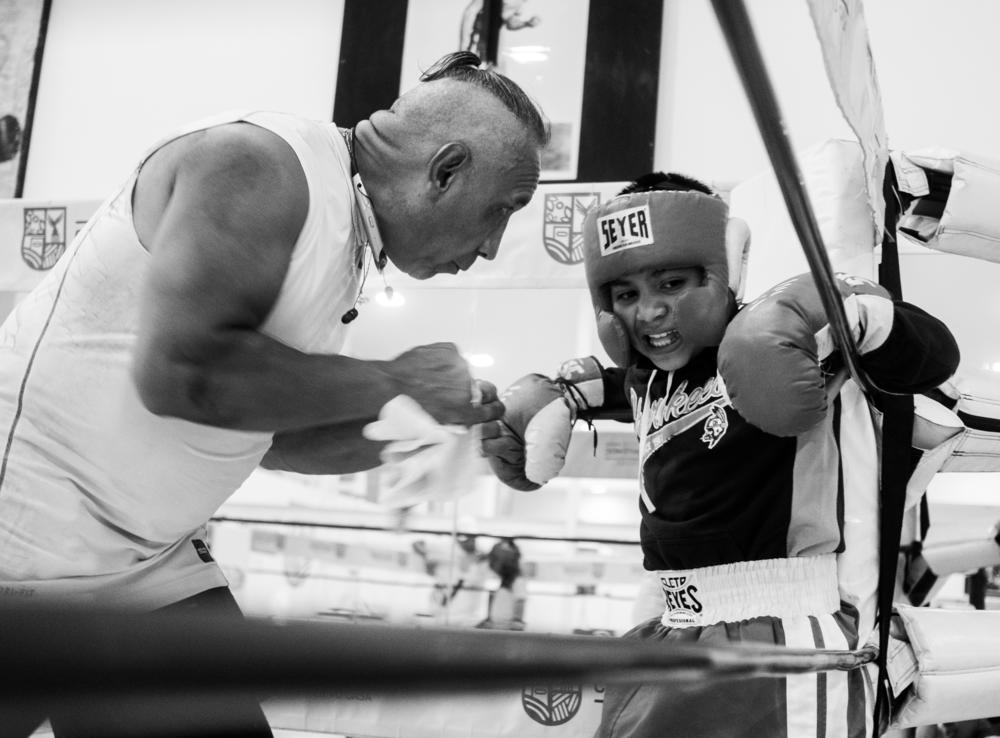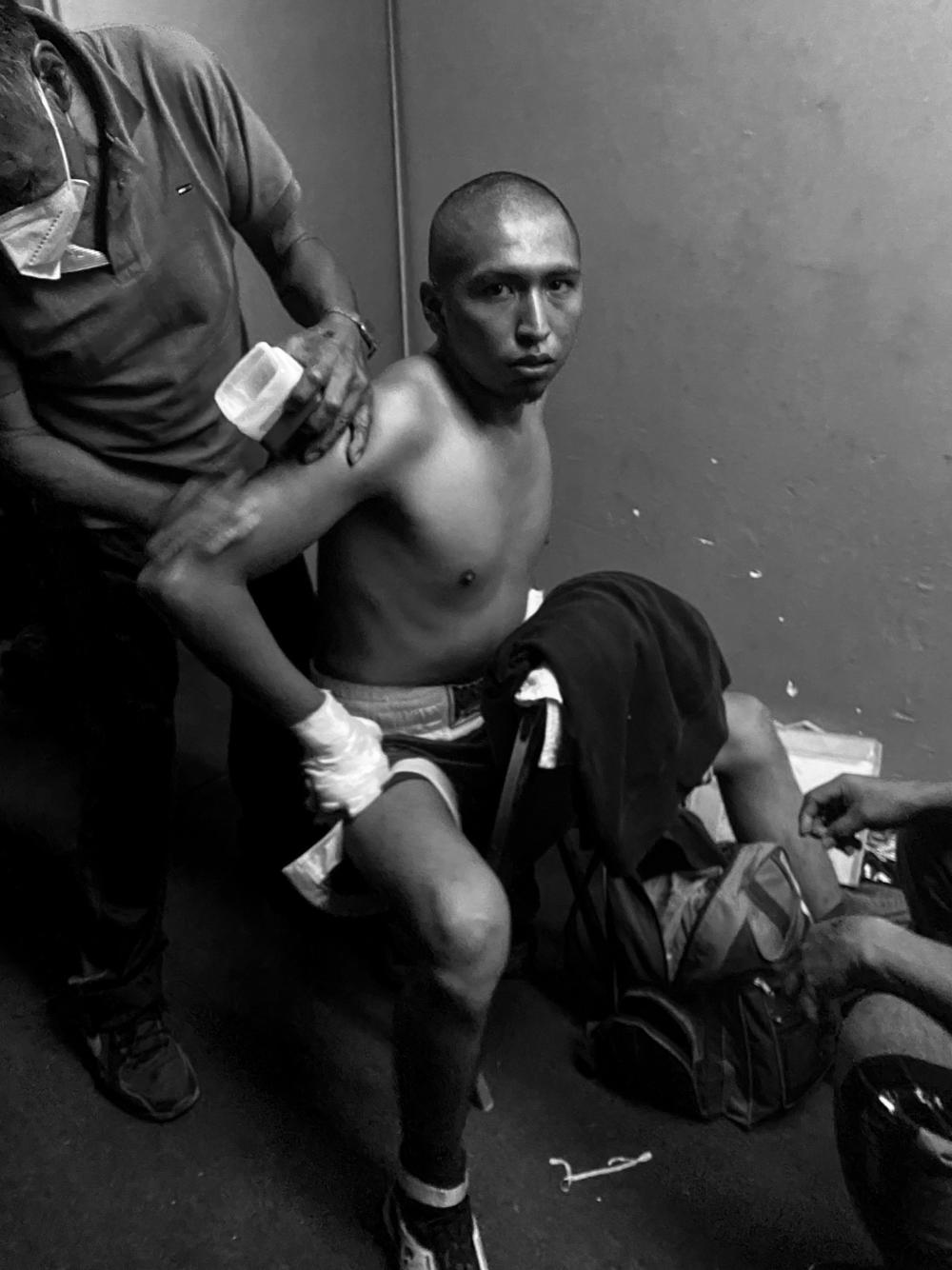Section Branding
Header Content
Photographer captures boxing culture in México to connect with his roots
Primary Content
As a first-generation Mexican American documentary and lifestyle photographer, David Hanes-González uses his camera as a tool to understand and strengthen his roots.
One of those was No Te Dejes, a project that documents the passion and love that goes into the boxing community of Mexico City for two years, a period of time in which David lived in México for the first time.
Growing up in Chicago to a Mexican mom from la ciudad de San Luis Potosí, in the state of México, David knew some stories about México. At home, he would go to parties with music from Los Ángeles Azules and Luis Miguel while eating Mexican antojitos.
The pride of being Mexican wasn't always seen in a positive light as a result of the pain and trauma of his maternal family escaping a difficult upbringing. Coming to the United States was a big victory for his mom, her three sisters, brother and his abuelita — an opportunity for a better life. Each day was a fight, a fight for a better future. Like many Chicanos and first generation kids, David struggled with his identity. "I was too Mexican for my American friends and too American for my Mexican friends," David said. "I never knew where I belonged and struggled classifying my ethnicity on standardized tests in school."
As an adult, he used his camera to bridge that gap, to understand that part of his identity outside of Chicago as a concert photographer for Tiny Desk's resident Girl Ultra and Clubz.
No Te Dejes is a combination of his love of boxing, a sport he was first introduced to in Chicago by his father, who would take him to amateur fights as a teenager and later trained as an adult. Inside the boxing gym was where he was told how relevant boxing was in México and the caliber of the Mexican boxers, de los que no se rinden, those who don't give up in a fight. A famous fighting style defined by having more heart and always moving forward. "Boxing is deeply intertwined with Mexican culture almost as much as maíz," he said.
David lived in Mexico City in 2021, going from gym to gym across La Merced, Tepito, Transito, Tacubaya, Granjas México, San Juan de Aragón, Chimalhuacán and Ecatepec de Morelos, immersing himself in the culture and traditions in México, in the city where his mom was born. It was his first time experiencing México unfiltered, as a way to discover an identity that was previously filtered through the lenses of the U.S.
During his time in Mexico, he learned that boxing is not just a sport — boxing is a religion, a lifestyle that unifies boxers often training and fighting for a better future. To step foot in the boxing ring, you must have guts, courage and a warrior's spirit. For Mexican boxers, boxing is also about honor and national pride. You have to be brave. It is being willing to receive two hooks to give a good one.
He drew a lot of parallels in his mom and family's story. When he looked in the eyes of boxer Lupita Martinez — someone who has paved the way for women in the sport in México — he saw strength; the same strength that his mom and grandma had when coming to the United States.
He has taken 25,000 photos and narrowed them down to 28 that capture the soul of Mexican boxing for his photo exhibition in Mexico City from Sept. 23-Oct. 21.
With his project No Te Dejes, he wants people to feel the love, faith and resilience displayed in the well-respected Mexican boxing style and also in his Mexican identity. "I'm from a family of fighters and, for the past 2 years, I've been able to train and document Mexico's fighting spirit."
See more of David's work online at DavidHanesGonzalez.com or on Instagram, at @davidmfoto.
Copyright 2023 NPR. To see more, visit https://www.npr.org.
